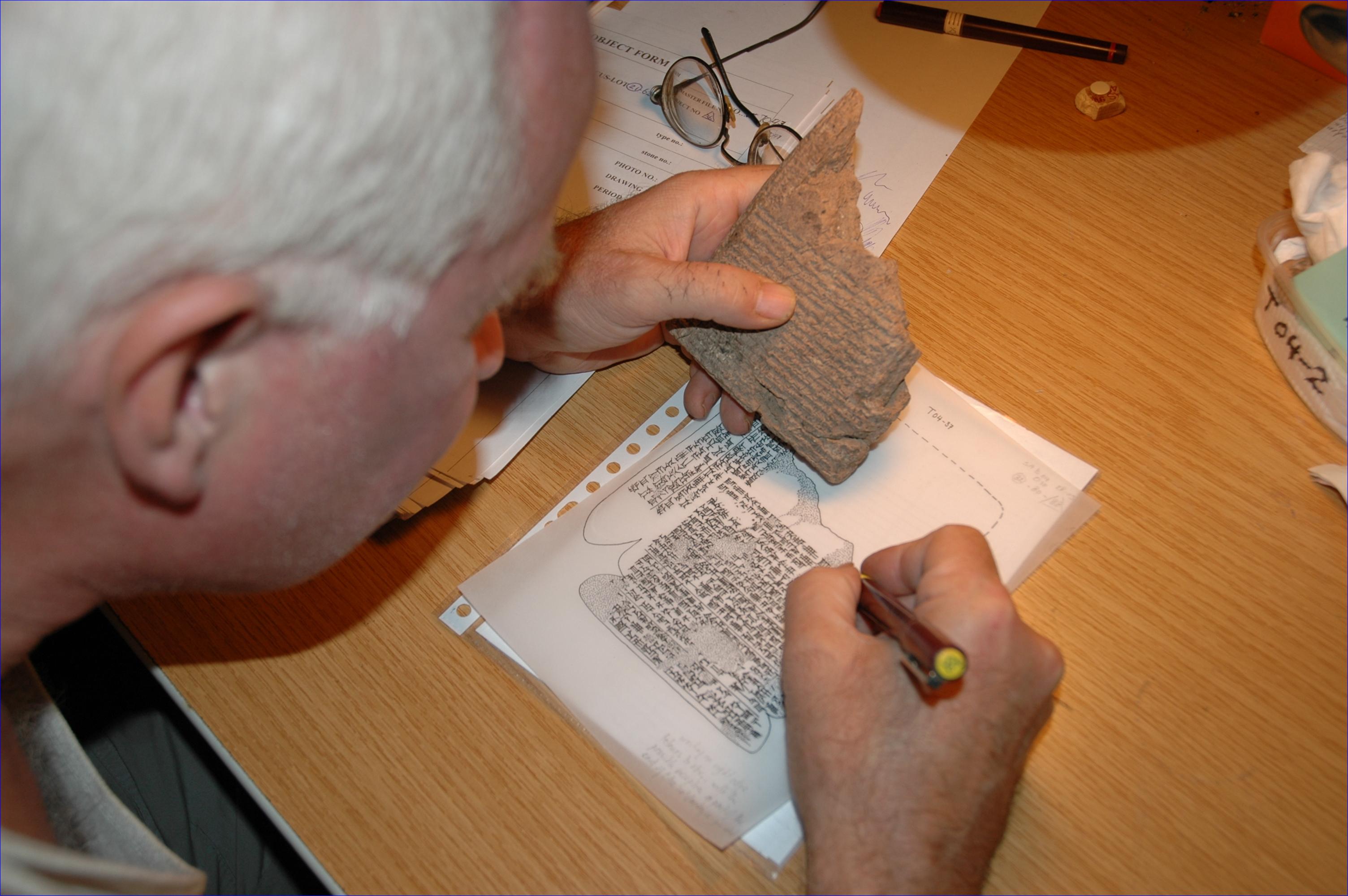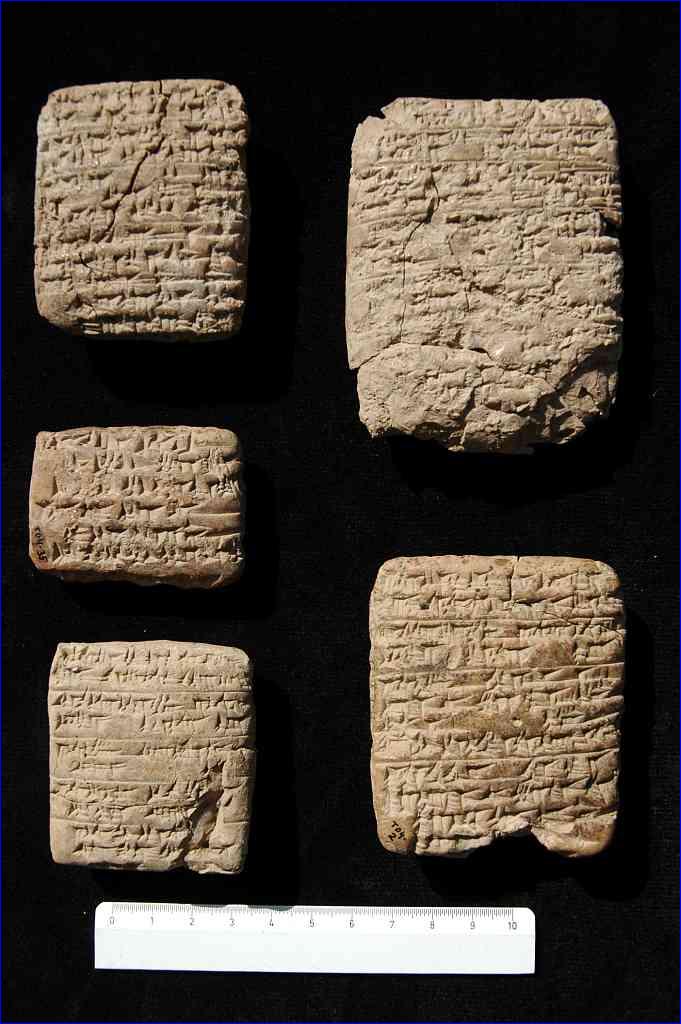


Rise of the Assyrian Empire
The Assyrian Empire rose from a humble peripheral state to a small empire that successfully withstood the crisis years around 1200 BC. Assyria became the most long lived and largest empire of the Ancient Near East. It dominated much of the Near East for about seven centuries and became the direct predecessor of the Neo-Babylonian and Achaemenid Empires. In the history of greater Mesopotamia it was the first state to achieve lasting domination and overcome particularistic tendencies. Astonishing feats! How did the Assyrians accomplish this? In what way did the Assyrian State differ from other states?
Investigating Imperial Strategies
The origins of imperialism, a socio-military system in which hegemony is achieved over alien territories, are poorly understood. This applies in particular to how imperial strategies affected local communities. To understand how the Assyrian Empire could achieve and maintain its dominion we have to shift our focus from the capital and court to the transformations that occurred in the occupied territories. The Consolidating Empire project focusses on new data from the Late Bronze Age fortified estate at Tell Sabi Abyad, ca. 1230-1180 BC. The project aims to assess hegemonic practices as a set of flexible strategies that were affected by logistics and local conditions.

Bottom-up Approach: a Small Settlement in the Western Provinces
To consolidate their hegemony the Assyrians created a network of strongholds in the conquered area's, ranging from cities to farmsteads. The fortified estate at Tell Sabi Abyad on the Balikh in northern Syria is the only extensively investigated of these Assyrian settlements. This rural fort or dunnu is a relatively small and well preserved estate with a walled stronghold in the centre. It was surrounded by an impressive dry moat and outbuildings, covering roughly 1 hectare in total. The settlement has been almost completely excavated, a rarity in archaeology!
The Research
The complete settlement plan facilitates a study of the spatial properties of this fortress and how it structured interactions. Further, the estate contained a wealth of in situ finds, which allow for a reconstruction of activity patterns. Nearly every building contained masses of ceramics, rich grinding tool assemblages, bone implements, metal weaponry, jewellery, seals and sealings. Perhaps most importantly, among the thousands of artefacts over 400 cuneiform tablets were discovered, shedding light on the local social and economic situation and the broader imperial context.
In addition to all those artefacts, a large amount of sub-fossil charred plant remains of different archaeological contexts was preserved in situ. The project analyses these botanical remains in order to reconstruct the agricultural economy, combining both archeobotanical and textual records.

Building History of the Dunnu
Five major building phases have been distinguished at Tell Sabi Abyad, showing a complex and rapidly changing history of use. The oldest phase (level 7) belonged to the Mitanni period (ca. 1300-1230 BC), the others (levels 6- 3) are all Middle Assyrian levels. The preservation of the buildings and of the many features like ovens and silos was generally excellent, and the architectural remains were often preserved to a considerable height. These circumstances render the site ideal for three dimensional spatial reconstructions, aiding the investigation of spatial properties and activity patterns.

In the oldest phase, level 7, the site was dominated by a tower. In level 6 (ca. 1230-1197 BC), the area surrounding the tower was circumvallated and gradually filled in with architecture, including a monumental residence. A large dry moat surrounded the stronghold. Evidently such defences, though judged necessary at the beginning of Middle Assyrian occupation, were soon considered redundant: Large quantities of household refuse were dumped in the moat and by the beginning of our level 5 (1196-1183 BC) it was completely filled and used as a street. Many buildings were in bad repair by this time, and large-scale renovations were set in motion. The basic lay-out of the settlement stayed the same, but many buildings were demolished and rebuilt with a slightly different plan.
By the end of level 5, political turmoil may have caused the end of the importance of the local Assyrian authority, as indicated by some textual evidence. The monumental residence was turned into a barn, and used for the storage of large amounts of grain. A violent conflagration, perhaps the apex of a period of crisis, destroyed the heart of the dunnu. In the ensuing levels 4 and 3 (ca. 1180-1125 BC), large parts of the estate were in ruins and most of these collapsed structures were never repaired. A few houses in the northern part of the settlement were renovated, but basically the estate was reduced to a large farmstead, which still retained some administrative functions in the Assyrian state.
Research Aims
The Consolidating Empire project provides a bottom-up perspective on the Assyrian Empire. In addition to the data from the Tell Sabi Abyad estate, information from the Middle Assyrian empire at large are considered, in order to achieve a better understanding of how this empire functioned. Texts and other data such as artefacts and architecture, usually studied in isolation, are integrated in the research. This approach opens a window on short-term patterns that usually elude us in the archaeological record. With the results, the research aims to contribute to the cross-cultural issue of how hegemonic control is achieved in alien territories, and to our understanding of early empires.
For more information on the "Dunnu Project", visit the project's website.

or register to post a comment.